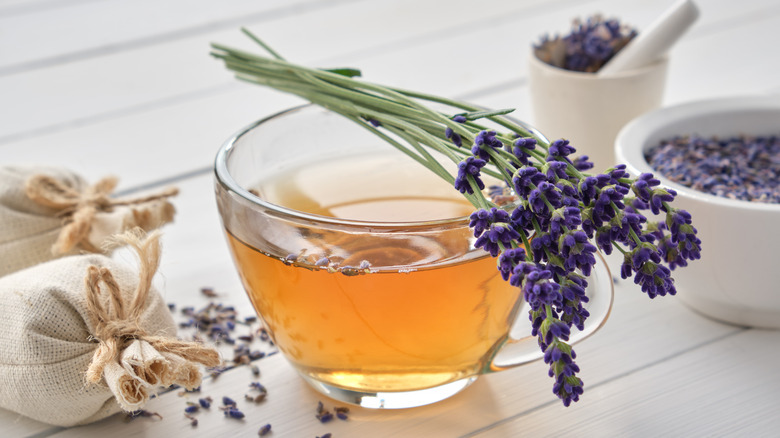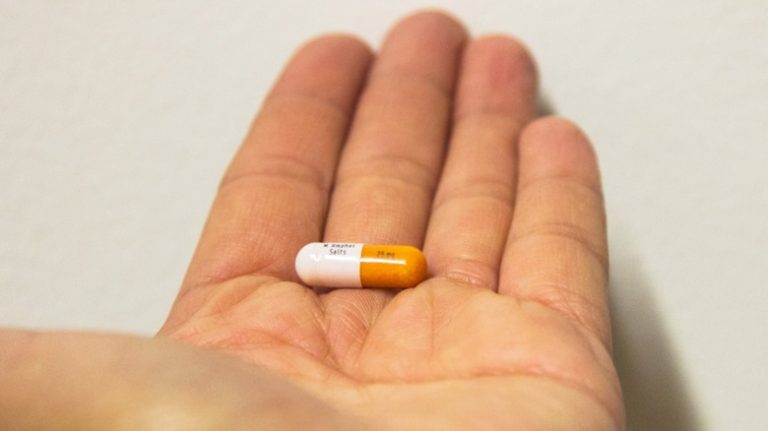A natural approach to soothing anxiety may be as simple as steeping a lavender tea bag or mixing a few drops of essential oil into your hand lotion. Lavender, as it turns out, isn’t just a pretty flower. Within these cool-toned buds are fragrant and robust oils shown to be clinically effective for calming anxiety of many forms. Several studies showed lavender extracts were as effective, and sometimes more effective, than prescription medications for anxiety. One study compared the effects of lavender against the effects of lorazepam (Ativan) for adult generalized anxiety disorder. The study concluded lavender was as effective as a 0.5mg dose of lorazepam for anxiety relief and enhanced mood, via the journal Evidence-Based Complementary and Alternative Medicine. Because lavender doesn’t carry the same habit-forming risks as many prescription medications for anxiety, some health experts suggest lavender is safer to use over the long run without the risk of dependency. In addition to oral consumption, lavender’s fragrant oils used in aromatherapy proved to be effective at treating mild anxiety, via Natural Medicine Journal.
How to source lavender

Whether you’d prefer to use lavender orally or as an aromatherapy, it’s important to note the differences that exist amongst products. For instance, lavender oil isn’t edible and shouldn’t be ingested, via Healthline. These kinds of oils can be diluted in lotions, used to spray into the air, or used in diffusers. For oral ingestion, look for lavender teas, edible lavender, and supplements at health food stores and markets. Note that supplements are regulated by the FDA as food, not drugs. As such, products can be falsely marketed and adverse reactions can occur. Consumer caution is advised and you may wish to speak with a healthcare professional before taking any new supplement, via FDA. Fresh lavender, or culinary lavender, is generally deemed safe for consumption. However, lavender sold as decor or craft items shouldn’t be consumed. Therefore, sourcing becomes an important aspect of supplementation and consumption.




